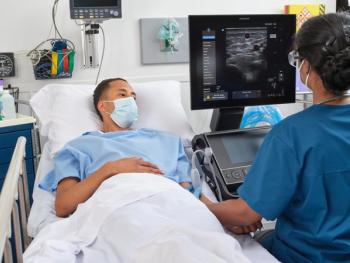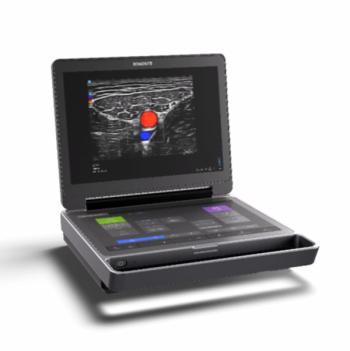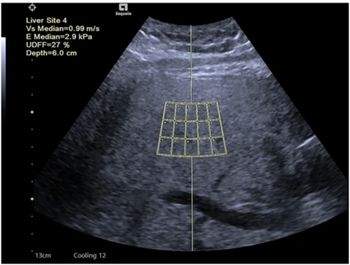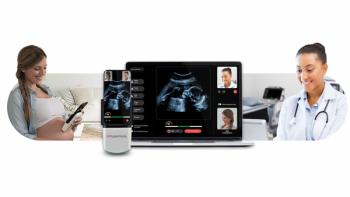
Transcranial ultrasound diagnoses restless legs syndrome
Transcranial B-mode sonography can be used as a test to identify restless legs syndrome, a difficult condition to diagnose. Doctors previously relied on a patient’s description of unmeasurable symptoms. Exams showed hypoechogenic substantia nigra, red nucleus, and brain stem raphe.
Transcranial B-mode sonography can be used as a test to identify restless legs syndrome, a difficult condition to diagnose. Doctors previously relied on a patient's description of unmeasurable symptoms. Exams showed hypoechogenic substantia nigra, red nucleus, and brain stem raphe.
Dr. Jana Godau and colleagues at the Hertie Institute for Clinical Brain Research and Center of Neurology in the neurodegeneration department at the University of Tuebingen in Germany published their study in the journal Sleep Medicine, which made it available online Nov. 19.
They studied 106 patients already diagnosed with restless legs syndrome alone, 37 with restless legs syndrome symptoms as a result of some other disorder, and 45 age- and gender-matched controls. An experienced independent technician who was blinded to the patients' diagnoses performed transcranial ultrasound exams.
No conditions specific to restless legs syndrome showed up in the basal ganglia, ventricular system, or cerebral lobes. Substantia nigra hypoechogenicity correlated with a family history of restless legs syndrome and had 82% sensitivity, 83% specificity, and 94% positive predictive value. The researchers also found that red nucleus hyperechogenicity correlated with reported periodic limb movements, and brain stem raphe hypoechogenicity correlated with depression. Both signs were more common in patients with restless legs syndrome than in the controls.
Finally, 76% of patients with restless legs syndrome showed two or more abnormalities in their transcranial ultrasound exams, while only 7% of the controls did. Also, 60% of the symptomatic restless legs syndrome patients had the same signs on their exams as the majority of those diagnosed with restless legs syndrome alone.
The researchers concluded that transcranial ultrasound could reliably be used in the diagnosis of restless legs syndrome to find characteristic brain stem abnormalities.
Newsletter
Stay at the forefront of radiology with the Diagnostic Imaging newsletter, delivering the latest news, clinical insights, and imaging advancements for today’s radiologists.




























